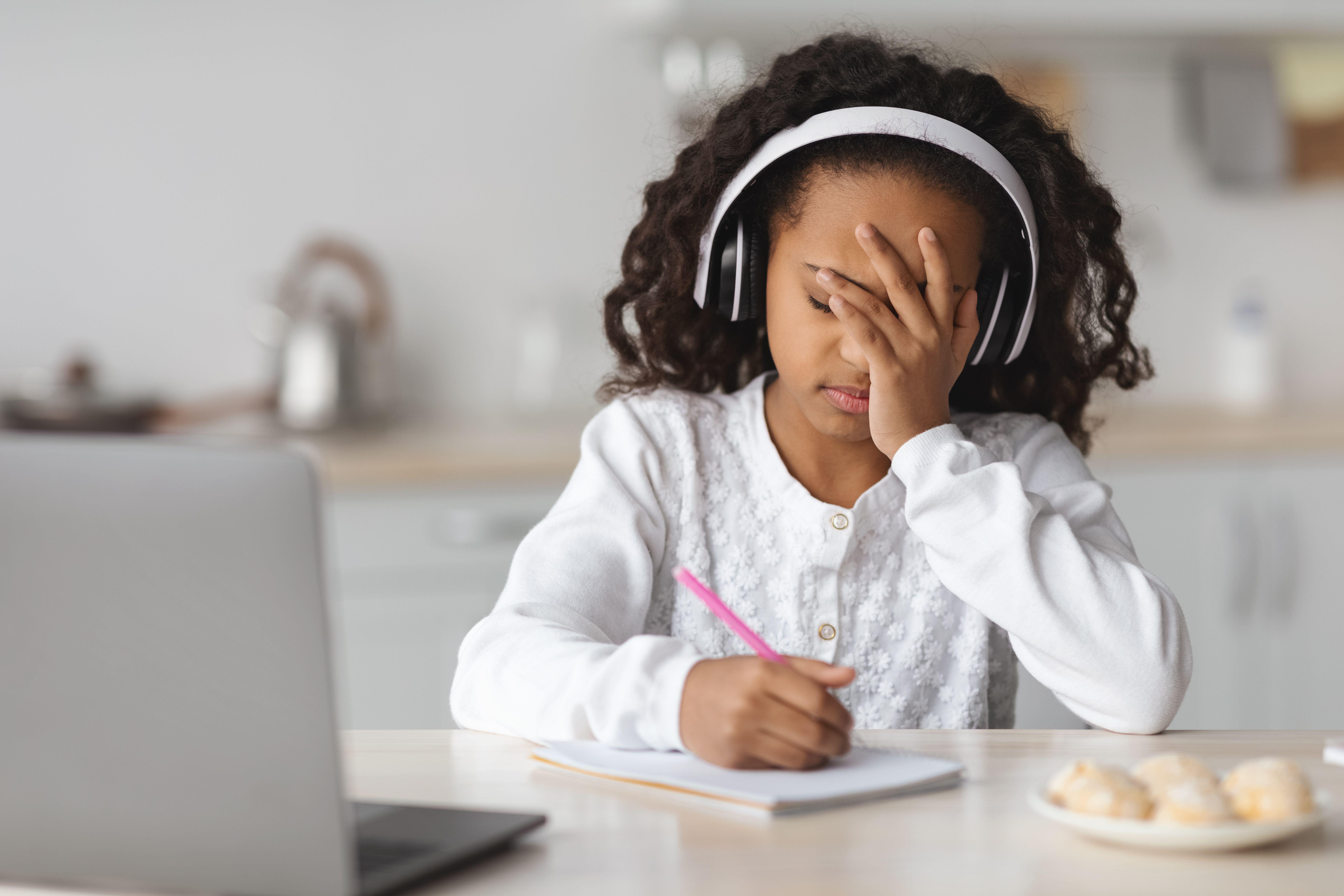Now my son is back at school and more likely to catch bugs, how can I tell if he’s got an ordinary back-to-school virus or Covid?
Dr Andrew Raffles, a consultant paediatrician at The Portland Hospital, part of HCA Healthcare UK, says: “Children are particularly susceptible to the common cold and other viruses, especially as they return to school and mix with other children. In fact, the average child aged between six months and eight years old will have approximately eight colds per year.
“It’s not unusual for otherwise healthy children to catch a wide range of viral illnesses when they’re young, as their immune systems are still developing. The most common viral infections in children include the common cold, influenza, bronchiolitis and chickenpox.

“With back-to-school season upon us, it’s important for parents to understand the key differences between common viruses versus Covid-19, so they can reduce the risk of their child spreading it to others.
“With common colds, in most cases children will experience sneezing, a sore throat, and a runny nose. Symptoms generally appear quickly, over a day or so, and are less severe than other viruses and flu.
“Flu and other viruses tend to be accompanied by a high fever of 38.5C or above and persist for four to five days. Your child might experience a loss of appetite, muscle aches, congestion, rashes, headaches, and sometimes vomiting and diarrhoea.
“Children can catch Covid-19 but are often asymptomatic, or the symptoms tend to be less serious compared to the symptoms experienced by adults.
The three main symptoms of Covid-19 include a high temperature, a new continuous cough for more than three days, and a loss of taste and smell.
However, recent research suggests headache and fatigue seem to be frequent symptoms in children. If your child has any of these symptoms, it’s crucial you don’t send them to school and they isolate at home. You must also book them a PCR test as soon as possible.

“Symptoms associated with Covid 19 persist longer, for around seven-10 days in older children, than in young children where symptoms last up to seven days.
Children with symptoms of fever and cough but who tested negative for COVID 19 had symptoms for an average of three days. So persisting symptoms beyond four days in young children and in older children beyond seven days may be a predictor of testing positive for Covid19.
“Children with fever shouldn’t return to school until at least 48 hours after their temperature has returned to normal, and they have a negative PCR test.
“If or when vaccination for children aged 12 and over starts, I would urge parents to ensure their child receives the vaccine, as this will reduce the risk of spreading infection.
“Children suffering from the common cold will usually experience symptoms such as nasal congestion and sneezing, which are not main symptoms of Covid-19. With a cold, they should be safe to go to school if their symptoms are mild.”




